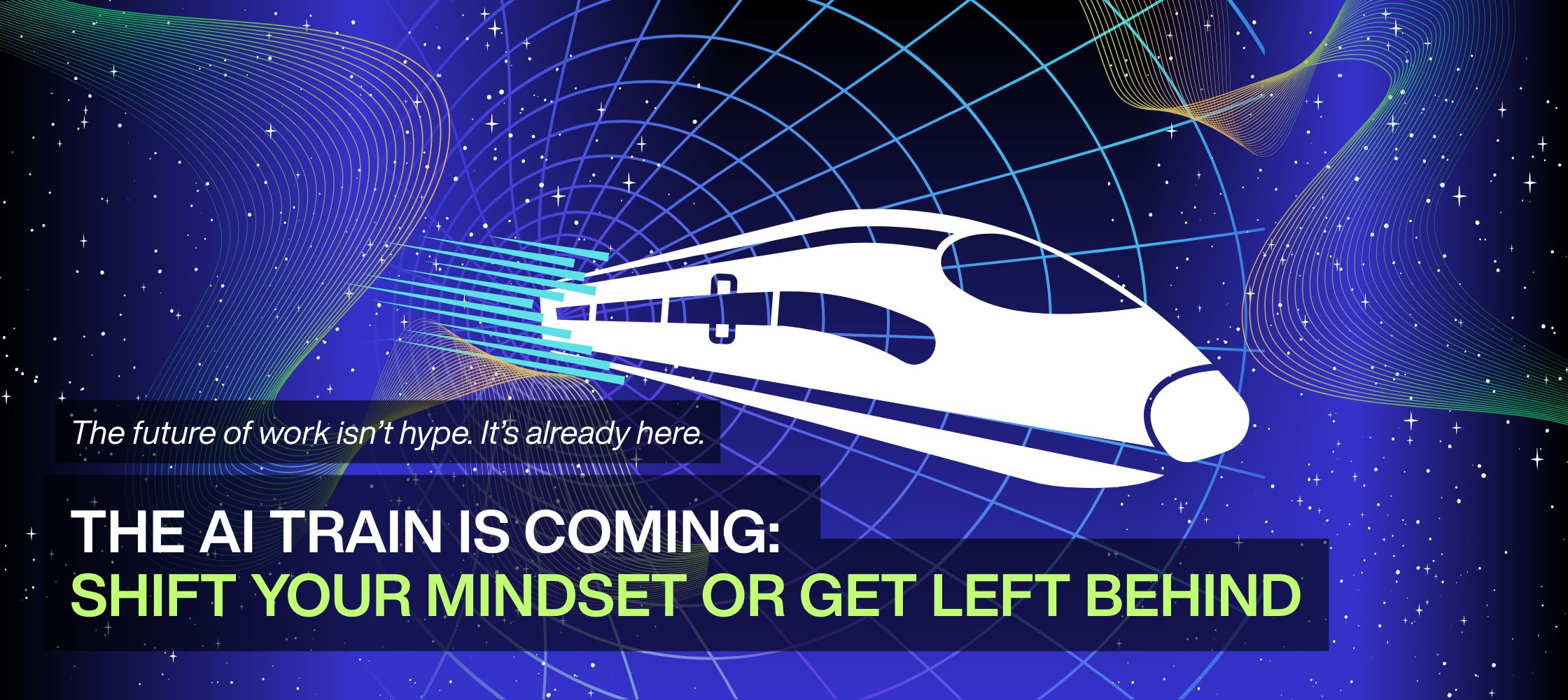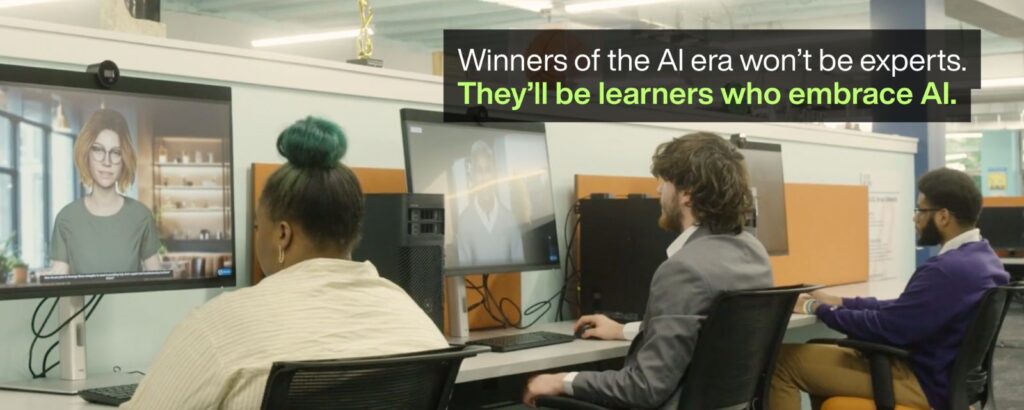
This is the second post in our Future of Work series—a grounded look at how AI is reshaping work, opportunity, and human potential faster than ever before.
In our last post, we compared today’s AI moment to America’s Moonshot—the bold mission that set the stage for decades of progress. Washington has now done the same with AI, declaring it a national priority.
But here’s the reality: big missions only succeed if people on the ground are equipped to act.
So imagine this: you hire someone to fix your deck. They show up, take a look around, and then pull out… a manual screwdriver.
You’d pause and wonder: Are they keeping up with the times? Did I hire the right person?
That’s what it feels like to show up to work in 2025 without using AI.
Every major shift in human productivity—electricity, the internet, the smartphone—changed how people worked. But AI is different for three reasons:
According to the World Economic Forum, over 40% of workers globally will see their skills disrupted in just the next three years. And yet, Microsoft reports that more than 80% of people haven’t used AI in their daily work.
That’s a staggering mismatch. The tools exist. The transformation is underway. But most people haven’t taken the first step.
In The Matrix, Agent Smith tells Neo: “You hear that, Mr. Anderson? That is the sound of inevitability.”
That line resonates here. AI is no longer a theoretical future—it’s a present-day force reshaping how decisions are made, work is executed, and value is created.
And just as Washington has set the stage for a national AI mission, inevitability now sits at the individual level. The question isn’t if AI will become the norm—it’s whether you will be ready to benefit from it.
You don’t need to become a coder or replace your entire workflow with a chatbot. What matters is choosing to evolve. Choosing to experiment. Choosing to learn.

The winners of the AI era won’t be the ones who know everything—they’ll be the ones who adapt. Who treat AI as a tool, not a threat.
It’s not that robots will take your job. It’s that someone who is AI-augmented will outperform you. And the workforce of the future will be defined by those who embrace that reality.
Here’s how to get started:
If not—this is your moment.
The AI train is pulling out of the station. You can jump on, learn, adapt, and discover new opportunities. Or you can watch it pass by.
As we said in the first blog, Washington has set the stage. Now it’s up to you to take action and prepare yourself for this once-in-a-generation opportunity.
At Hopeworks, we see this every day—young adults becoming AI-augmented contributors, gaining the skills that will define tomorrow’s workforce and opportunities.
The message is clear: inevitability is here. The time to act is now.
Authored by Dave Taddei, Builder-in-Residence, AI Innovation Hub, Hopeworks